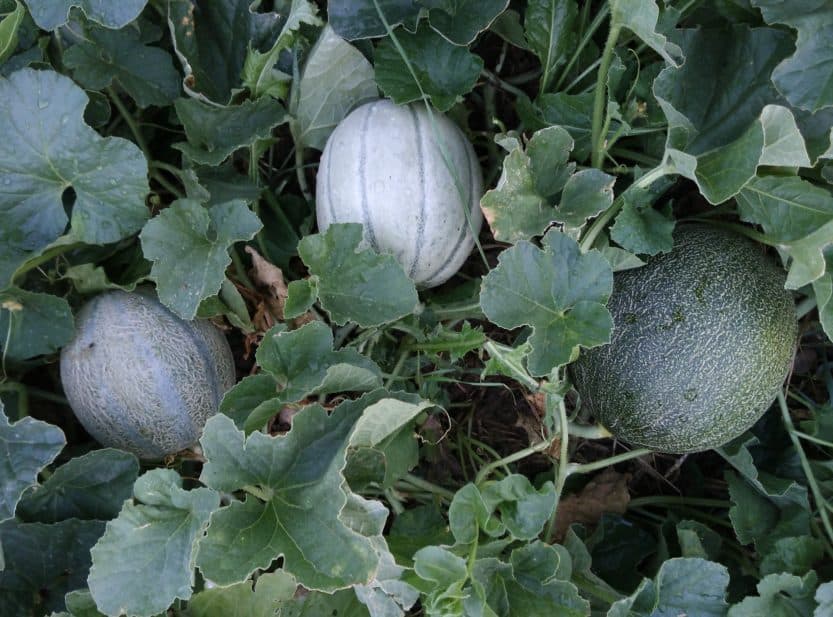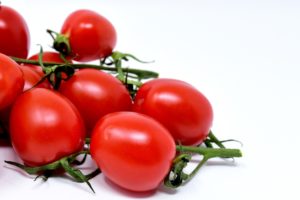Melons make for a wonderful summertime treat and are a fun crop to add to any garden. Melons are a delicious fruit that can add a source of potassium and vitamin C to any diet.
Buy Melon Seeds Online
| Image | Name | Rating | Shop |
|---|---|---|---|
 | Melon Seed Combo Pack | ||
 | Cantaloupe Hales Best Jumbo Melon | ||
 | 50 Sugar Baby Watermelon Seeds |
Melon Varieties
You can find a wide range of melon varieties, ranging from watermelon, honeydew to muskmelons. Watermelons, with their juicy crimson flesh, make for the perfect treat to serve at a barbeque.
Honey Dew Melon Benefits
Honeydew melons have a pale flesh, with a subtle flavor, which makes them a good addition to a fruit salad.
Muskmelon Benefits
Muskmelons are a very fragrant melon, with a soft netted skin and a rich orange flesh. Muskmelons are so rich and sweet that they can be sliced and used as a dessert in their own right, or can be served with a scoop of ice cream.
What Type of Melon Should I Grow?
Picking the right melon to grow tends to be a choice based on the local climate and your personal taste. While taste is subjective, most melon plants need warm weather in order to produce a healthy crop.
When Should I Start Melon Seeds?
Melon seeds need to be germinated at a soil temperature of at least 60 degrees Fahrenheit (15.5 C). In general, melon seeds do best when planted directly into the garden. If your growing season is shorter than 90 days, you will have to start the melon seeds indoors.
Starting Melon Seeds Indoors

Start melon seeds indoors in heated seed trays (Buy Online) 2 weeks before the last frost in your area; and then move the plants into the garden 2 to 3 weeks after the last frost. Don’t put the young plants outside too early, because the nighttime temperatures may be too cold for the seedlings to survive.
Planting Melons

Find a location in your garden that gets sun all day long, especially in the early spring. The sun will help your seeds germinate more quickly, by heating the soil; and the extra warmth should also increase the plant’s growth early in its life. Melons need fertile soil, in order to produce a good crop.
Melon Soil Requirements
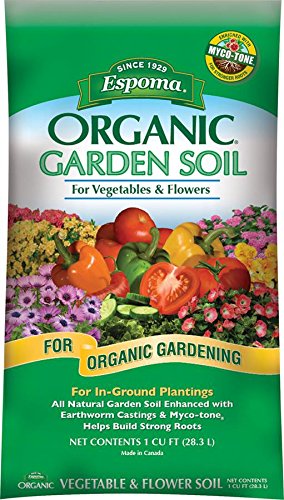
You can prepare your soil (Buy Online) two weeks in advance of planting your seeds by adding compost and fertilizer. Mix the compost and fertilizer evenly throughout the first 4 to 6 inches (10 to 15 cm) of soil. The soil should have a pH of 6.0 to 6.5 because melons tend to do poorly in acidic soil, so be sure to keep the soil pH in this range.
Do melons Need a Trellis?
Melons produce long vines and need a lot of room to grow, so you should make sure that any plants nearby will not be overrun by these fast-growing vines. Adding a trellis, for certain small melon varieties, can help control unruly vines and make harvesting a little easier later on.
Melon Plant Spacing
Once the soil is right and the days and nights are warm, it’s time to plant the seeds. Melon seeds should be planted .5 inch (1.25 cm) deep and have a final spacing of 60 inches (152.4 cm). If your seeds are old or the soil is still cold, you may have sporadic germination. You can plant melon seeds 30 inches (76.2 cm) apart and thin any excess plants once they have all germinated.
Right after the seeds are planted, gently water the seeds every day for about a week, until you see the plants emerge. Be sure to keep any weeds under control, while the seedlings are getting established.
Melon Cultivation
You can carefully pull the weeds that are growing near the plants and use a hoe to cultivate the soil further away from the seedlings. Another good weed control method that works well, with the wide plant spacing amongst melons, is to use a mulch. This will have two benefits, as mulching will reduce weeds and help retain soil moisture.
Melon Care & Harvest
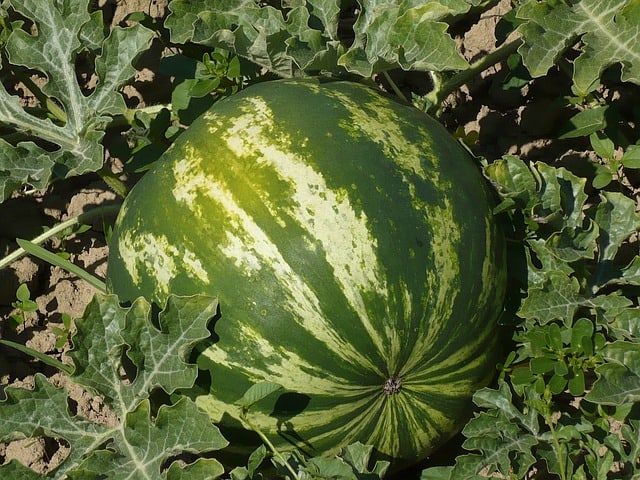
Melon Water Requirements
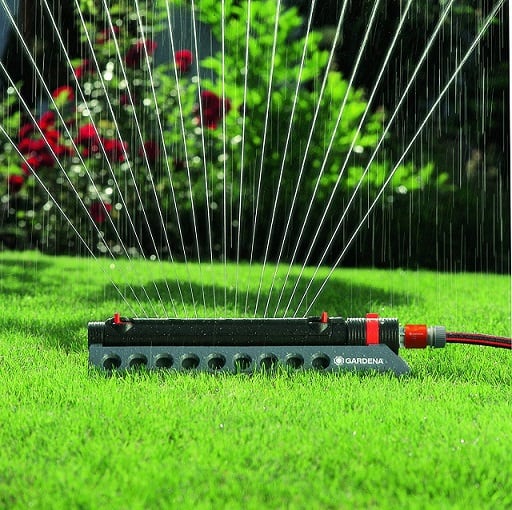
Melon plants require 1 inch (2.5 cm) of water every week once they are fully established. You should fertilize every 2 weeks, with a fast-acting liquid fertilizer. If at any time you see yellowing of leaves or any other signs of nutrient deficiency, immediately fertilize the affected plants. Be careful not to over-fertilize the plants, as this will lead to lush vine growth, but reduced fruit yields.
When the melon vines start to produce fruit, watering too frequently can reduce the sweetness and flavor of the melons, so at this time, you should cut back the amount of water to .5 inches (1.25 cm) per week.
Melon Pests and Diseases
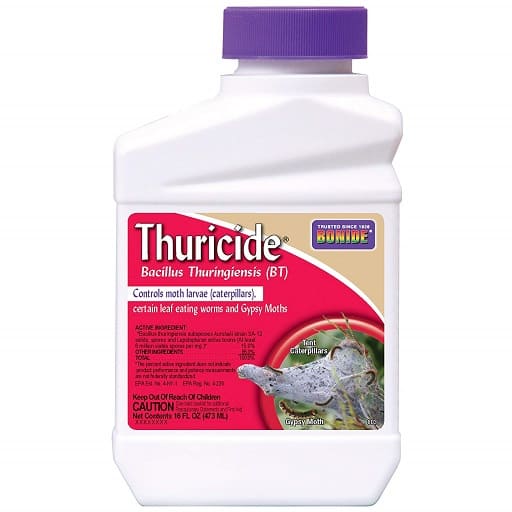
While your melon plants are growing, be sure to keep an eye out for any insect infestations, such as aphids, spider mites, squash vine borer or cucumber beetle. If any signs of infestation occur, quickly remove the offending insects and/or remove the affected part of the plant or apply an insecticide (Buy Online); and this promptness should limit the scope of the problem.
Melon Powdery Mildew
Another problem that commonly occurs when growing melons is powdery mildew. This disease will show up late in the season when the weather gets cool and moist. Most of the time, powdery mildew only reduces the tail end of the harvest.
If you live in a climate that is prone to powdery mildew during all growing season, you will have to take some extra precautions. Make sure your plants have adequate airflow and the foliage is kept as dry as possible by watering in the morning, not the evening, as this should help limit any mildew problems.
When are Melons in Season?
Melons should be ready for harvest after 80 to 90 days. Each type of melon shows different indications of its level of ripening.
When is Musk Melon Ready to Pick?
Muskmelons develop a thick netting on top of the rind while the rind begins to turn a pale yellow.
When are Watermelons Ready to Pick?
Watermelons will have a flat sound when given a hard tap and the rind will start to change from a glossy sheen to a dull appearance.
When is Honeydew Ripe?
Honeydew melons should slip off the vine when they are ripe making them simple to know when to harvest.
Storing Melons
Melons will continue to ripen for 3 to 4 days after they are harvested. Allowing the melon to sit at room temperature for 3 days will increase its flavor and sweetness. Once the melon has been allowed to fully ripen, it can be stored in the refrigerator for several weeks.


